Fascia is a connective tissue that is found within the whole body. It is made of collagen and creates a structural support. Ligaments, tendons, and the periosteum (coating on bones) are all fascia. Even each organ and organ systems are held within fascial bags. When fascia builds up it can create tightness and lack of mobility. This, in turn, can lead to injury.
Myofascial release helps improves the balance within your body. It involves techniques that stretch out the fascia, breaking down any build-up that may have occurred, generally from overuse repeated movement patterns.
The overall goal is to restore the bodies full range of motion and in turn its optimal performance. It can be done directly or indirectly by practitioners, or through self-myofascial release. This is where you can introduce the use of foam rollers or other implements such as tennis or golf balls.
5 Self-Massage and Myofascial Trigger-Point Release Benefits:
- Reduced risk of injury
- Improved performance
- Decreased muscle soreness
- Neuromuscular efficiency
- Increased range of motion
Self-Massage and Myofascial Trigger-Point Release Techniques
1.Rolling
- Rolling up and down the muscle belly.
2.Direct Pressure: Pressure Wave or Slow Burn
- Apply pressure and wait.
- There may be a burning sensation, hold this and wait for it to release.
3.Soft Tissue Release – Tack and Stretch
- This is utilising the pressure wave along with a stretch.
- Apply pressure with the foam roller.
- Now move through a range of motion, do not force this.
- Repeat this motion.
4.Soft Tissue Release – Oscillations
- Same as above but with a smaller range of motion at different points of the stretch.
5 Self-Myofascial Release Exercises
Most the above techniques can be used in each of the exercises below. Each of these exercises can also be done with either a ball or a foam roller.
Iliotibial Band (IT Band)
- Lying on your side on the foam roller, with your bottom leg off the ground.
- Other leg out in front, foot flat, supporting your weight to control the pressure.
- Head facing forward in a neutral position.
- Elbow under shoulder supporting your upper body.
- Apply pressure or roll from just below the hip joint down the lateral thigh to just about the knee joint.
- Abduct and adduct to do the tack and stretch technique.
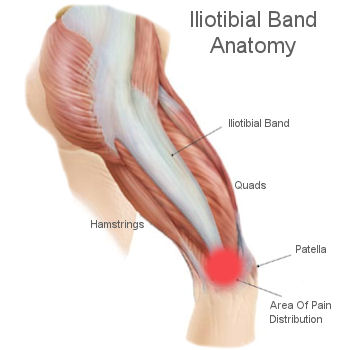
Piriformis
- Sit on the foam roller or ball to one side, in the belly of either glute.
- Cross your foot of the leg on top of the roller or ball, over your opposite knee.
- Use your other leg to roll and take some of the weight.
- Your arms can be behind for balance or the opposite hand can pull the leg in to increase the stretch for the tack and stretch technique.
- Search for the sore/burny sensation, this is where you want to pay attention to.
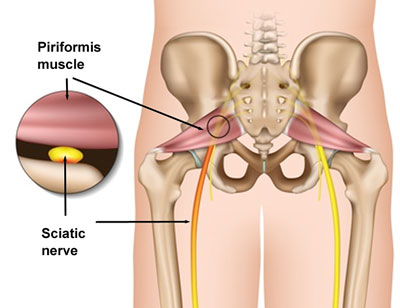
Hamstring
- Place your hamstrings on top of the foam roller or ball.
- Feet can cross over to increase the pressure on the chosen leg.
- Hands behind you to balance and roll.
- Roll from the knee to glute.
- This can be done sitting on a chair to allow ROM for the tack and stretch technique.
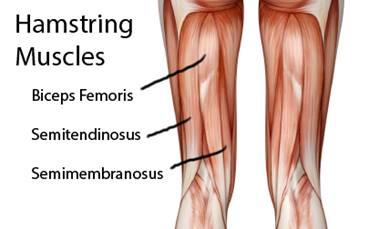
Quadriceps
- Lying on the ground in a prone position on top of the foam roller, which is placed under the quads.
- Keep your upper body and trunk strong throughout, resting on your elbows.
- Here you can turn your feet out, centre or in to hit the medial, centre and lateral quadricep muscle fibres, respectively.
- Roll or apply pressure throughout the belly of the quad.
- Flex and extend at the knee for the tack and stretch technique.
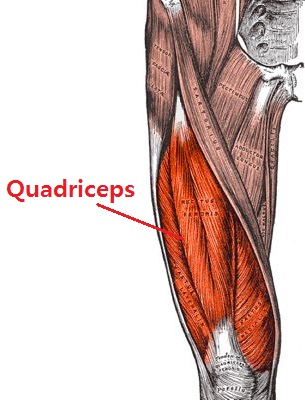
Latissimus Dorsi
- Lying on your side with your arm stretched above your head.
- Place the foam roller in the axillary area.
- Thumb is pointed up.
- Now apply pressure or very small movements.
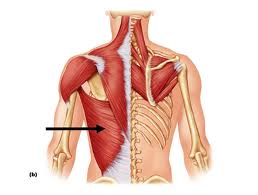
Summary
Introducing self-myofascial release to your client’s programme can be great in a warm up or cool down or in a session by itself for recovery. Ideally do not focus too much in the warm up as it may have a detrimental effect on performance, however, introducing target areas may help prepare them for the specific exercises within the session.


